Cfoto | Future Publishing | Getty Images
The Anglo-Swedish biotech company, which is headquartered in Cambridge, England, said the “cornerstone” of the commitment would be a new multi-billion dollar facility to produce its weight management and metabolic portfolio, including its oral GLP-1 obesity pill.
The facility, planned for the Commonwealth of Virginia, is set to be AstraZeneca’s largest single manufacturing investment in the world and will “leverage AI, automation and data analytics to optimize production,” the company said.
The latest funding will also expand research and development and cell therapy manufacturing in Maryland, Massachusetts, California, Indiana and Texas, and create “tens of thousands of jobs,” AstraZeneca added.
CEO Pascal Soriot said the commitment underpins the firm’s “belief in America’s innovation in biopharmaceuticals” and would support its ambition to reach $80 billion in annual revenue by 2030, half of which is expected to come from the U.S.
AstraZeneca, which made international headlines by developing one of the key Covid-19 vaccines, has long been prioritizing the U.S. market. The United States accounted for over 40% of the company’s annual revenues in 2024.
In November, shortly after the U.S. presidential election, AstraZeneca announced a $3.5 billion U.S. investment. Earlier this month, The Times reported that the firm may move its listing from London to the U.S., in what analysts said would be a major blow to the U.K.’s public markets.
AstraZeneca is the most valuable business listed on London’s FTSE 100. The company declined to comment on the Times report.
Pharma firms ramp up U.S. spending
AstraZeneca’s funding announcement follows similar moves by global pharmaceutical firms — including Novartis, Sanofi and Roche and U.S.-headquartered Eli Lilly and Johnson & Johnson — who have all vowed over recent months to ramp up their U.S. investment amid U.S. President Donald Trump’s demands to reshore domestic manufacturing.
The industry is awaiting further clarity on the Trump administration’s pharma tariffs, with the final outcome of a Section 232 investigation into the sector due at the end of this month. An effort to rebalance U.S. drug prices with those paid by other countries is also underway.
Trump earlier this month suggested that the industry could face levies of up to 200%, with a brief 12-18 month grace period to allow firms to relocate manufacturing stateside. However, many firms and analysts have dubbed the time frame as insufficient.
“Typically for most medicines it’s a three to four year horizon. We’re working very hard to accelerate that as fast as we can and demonstrate we’re making the investments we have planned,” Novartis CEO Vas Narasimhan said last week during an earnings call, adding that he hoped the administration would make allowances.

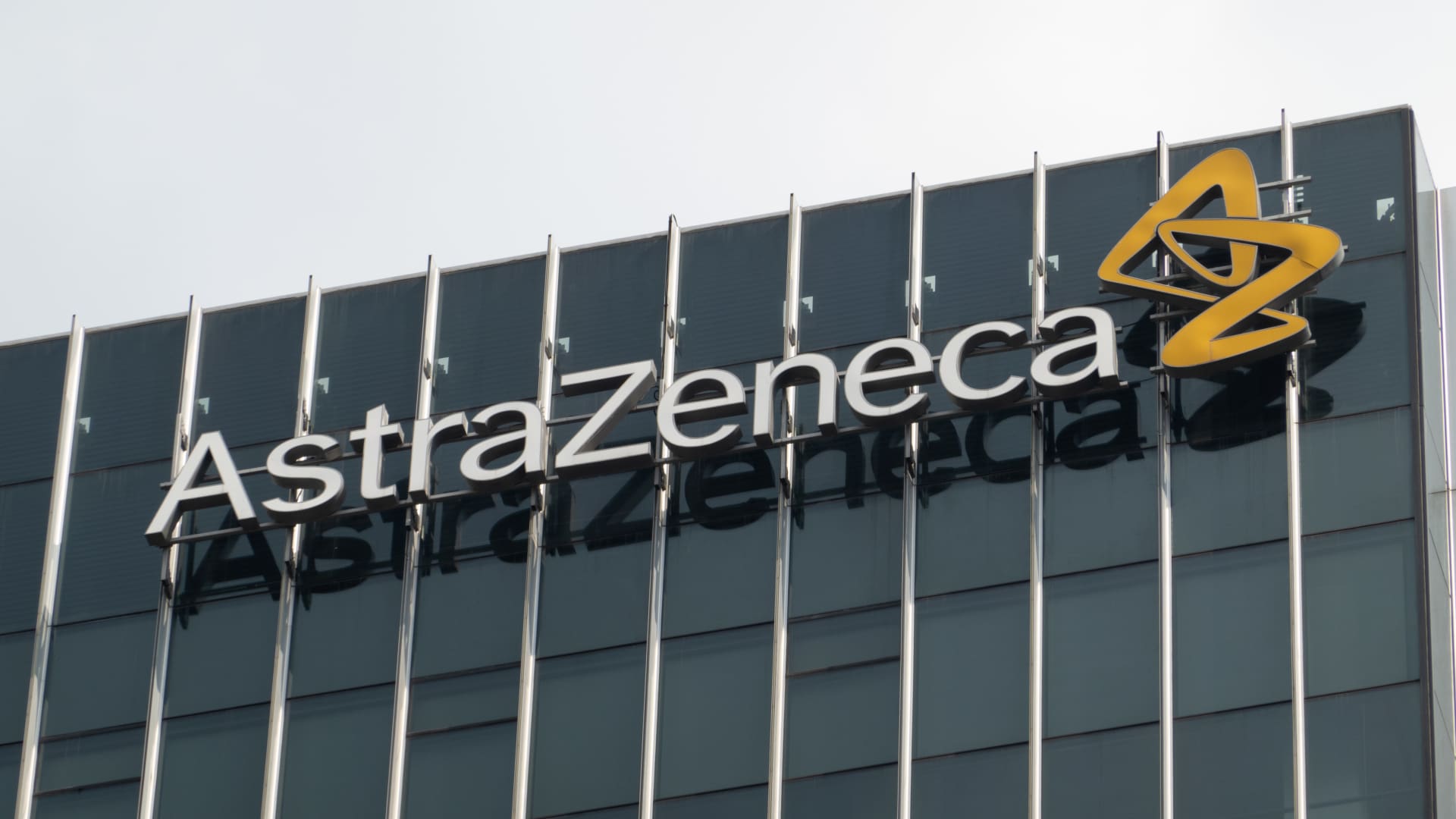
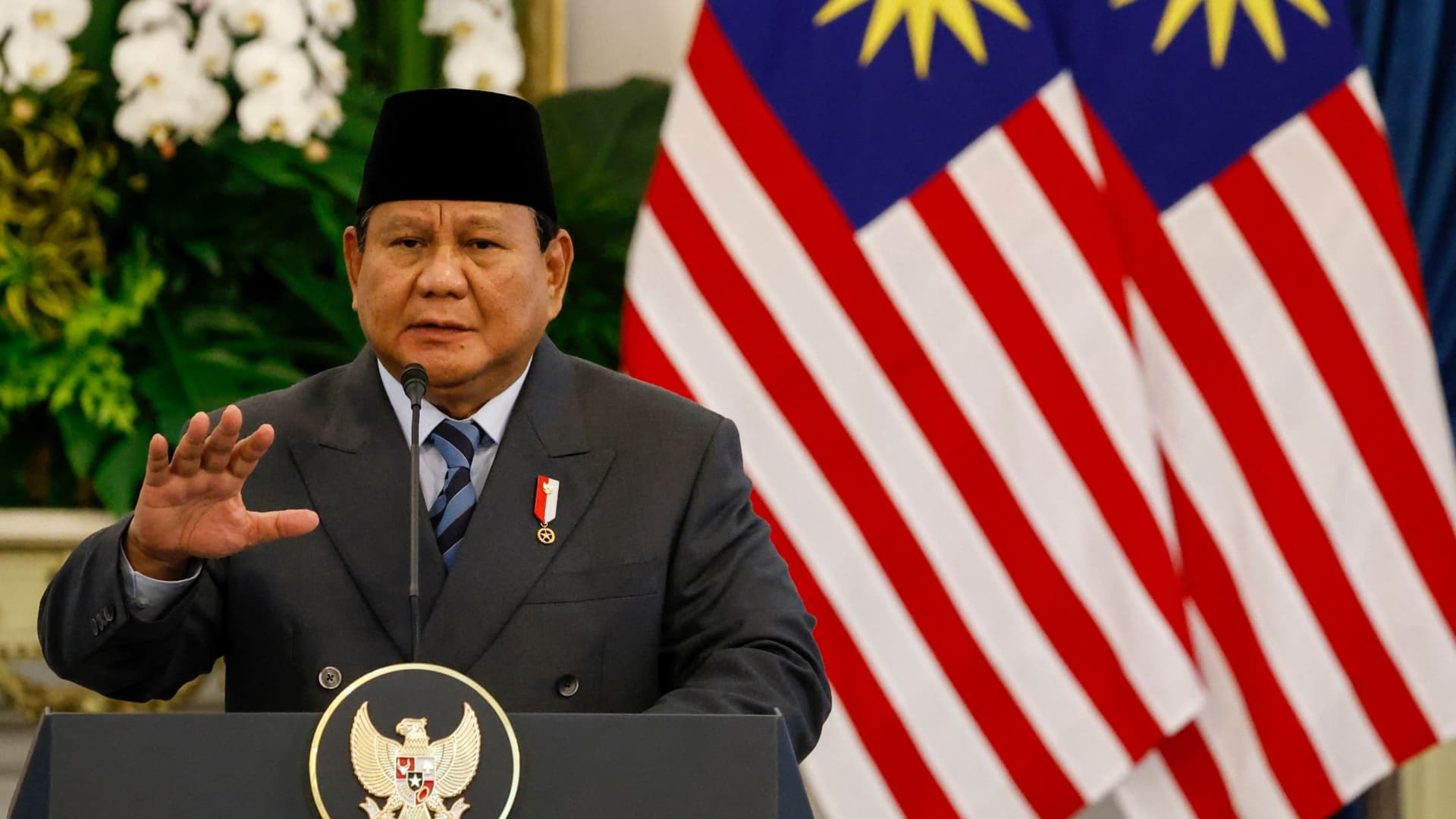
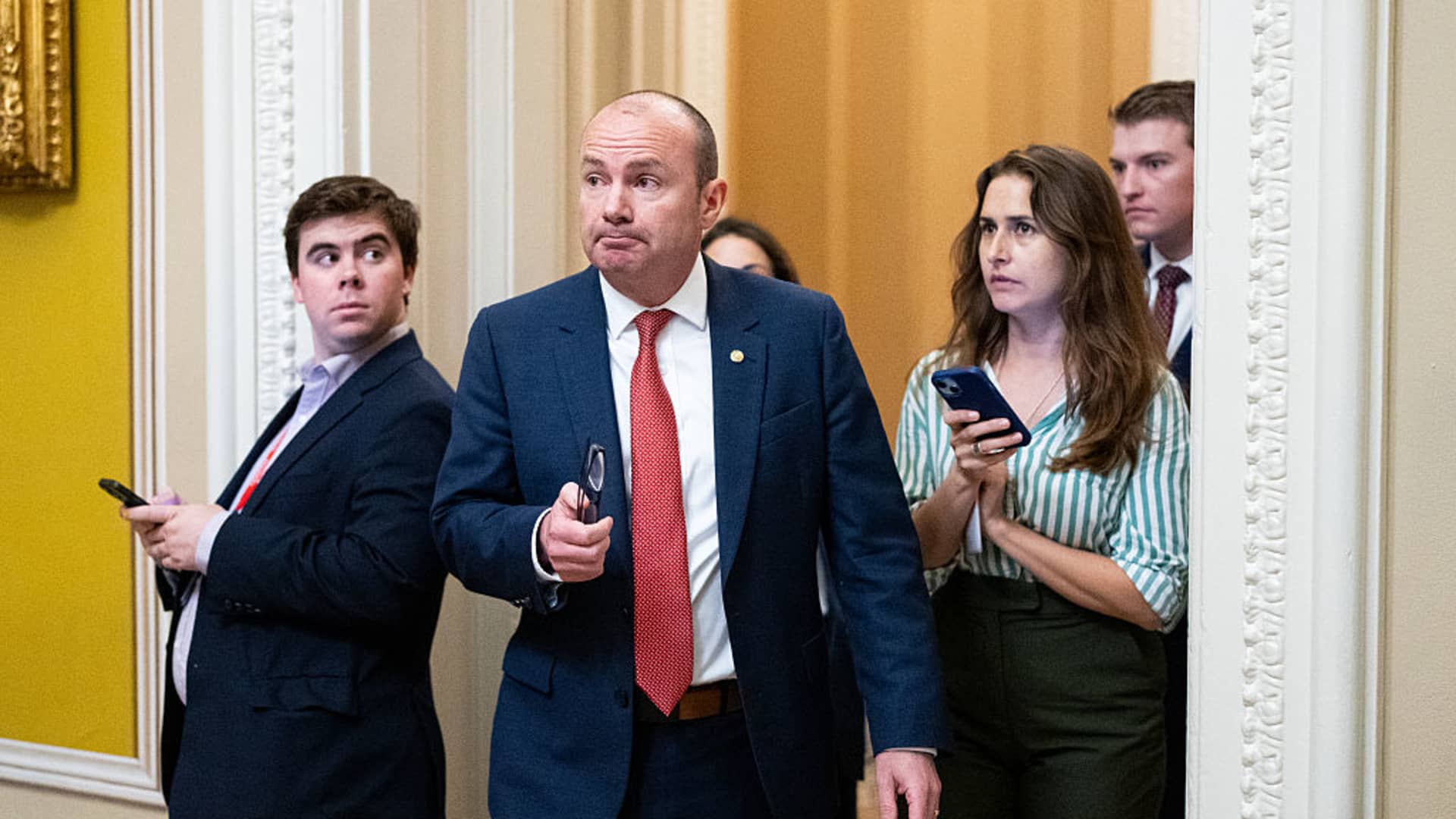
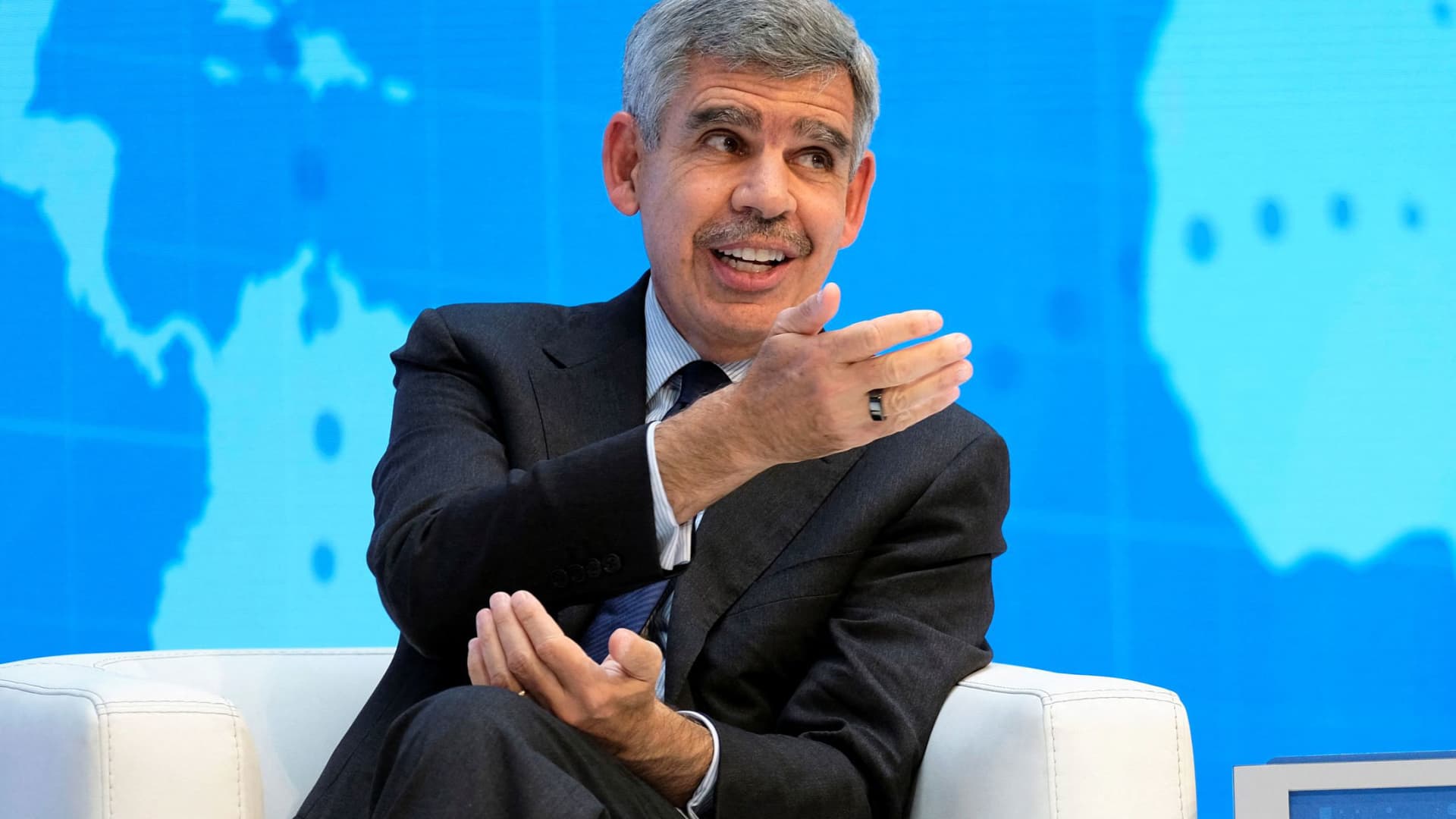
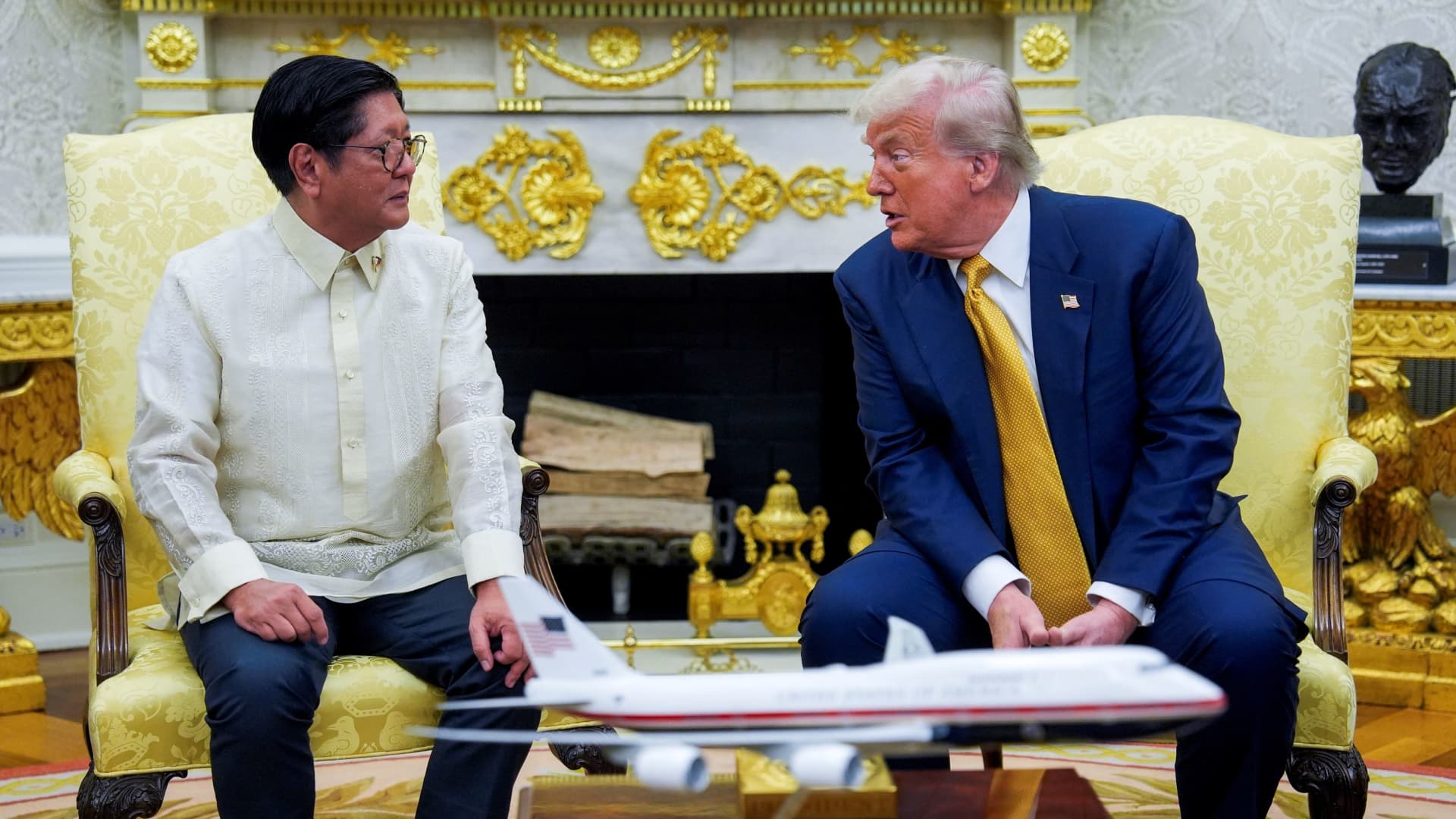
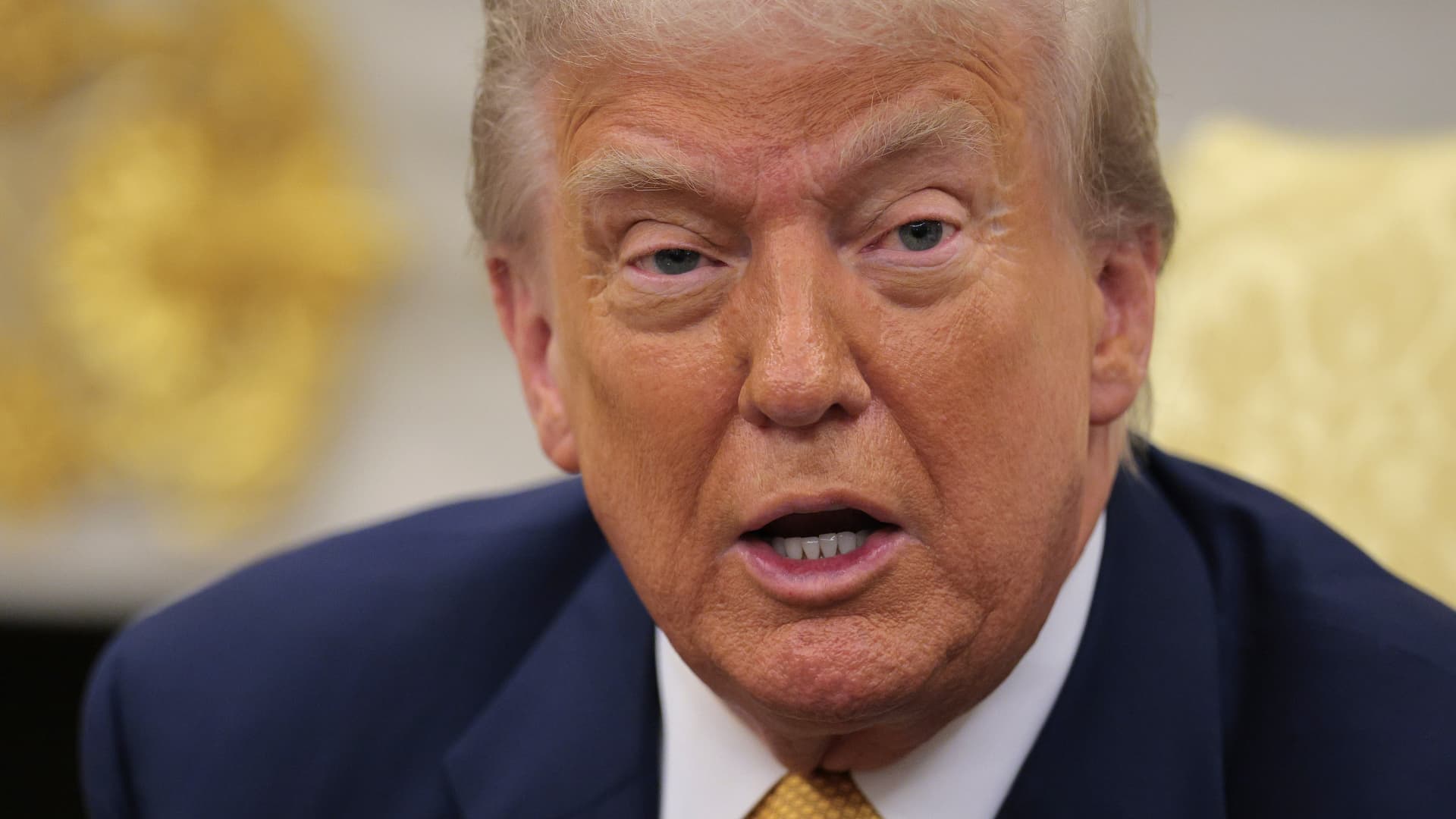
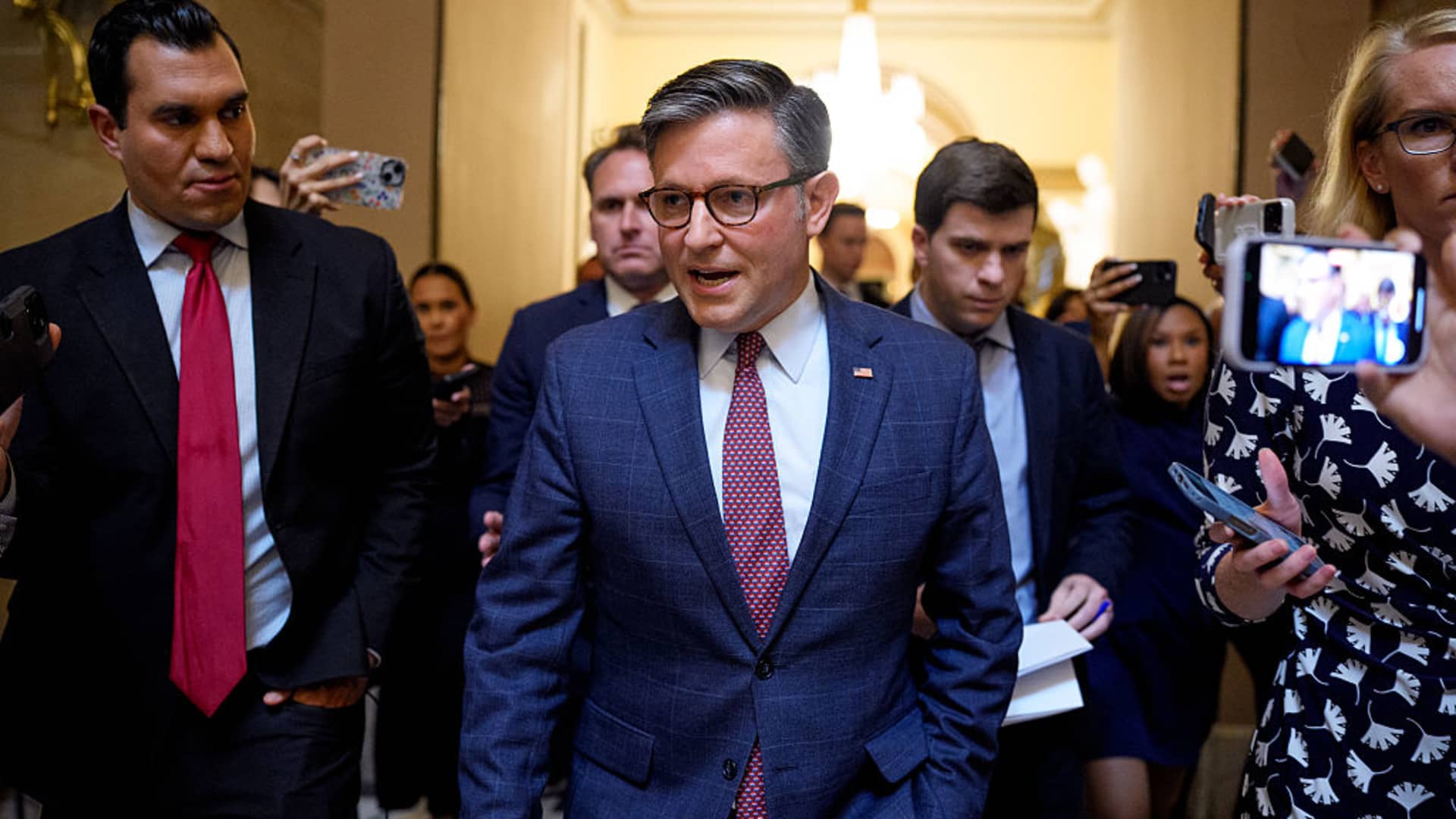
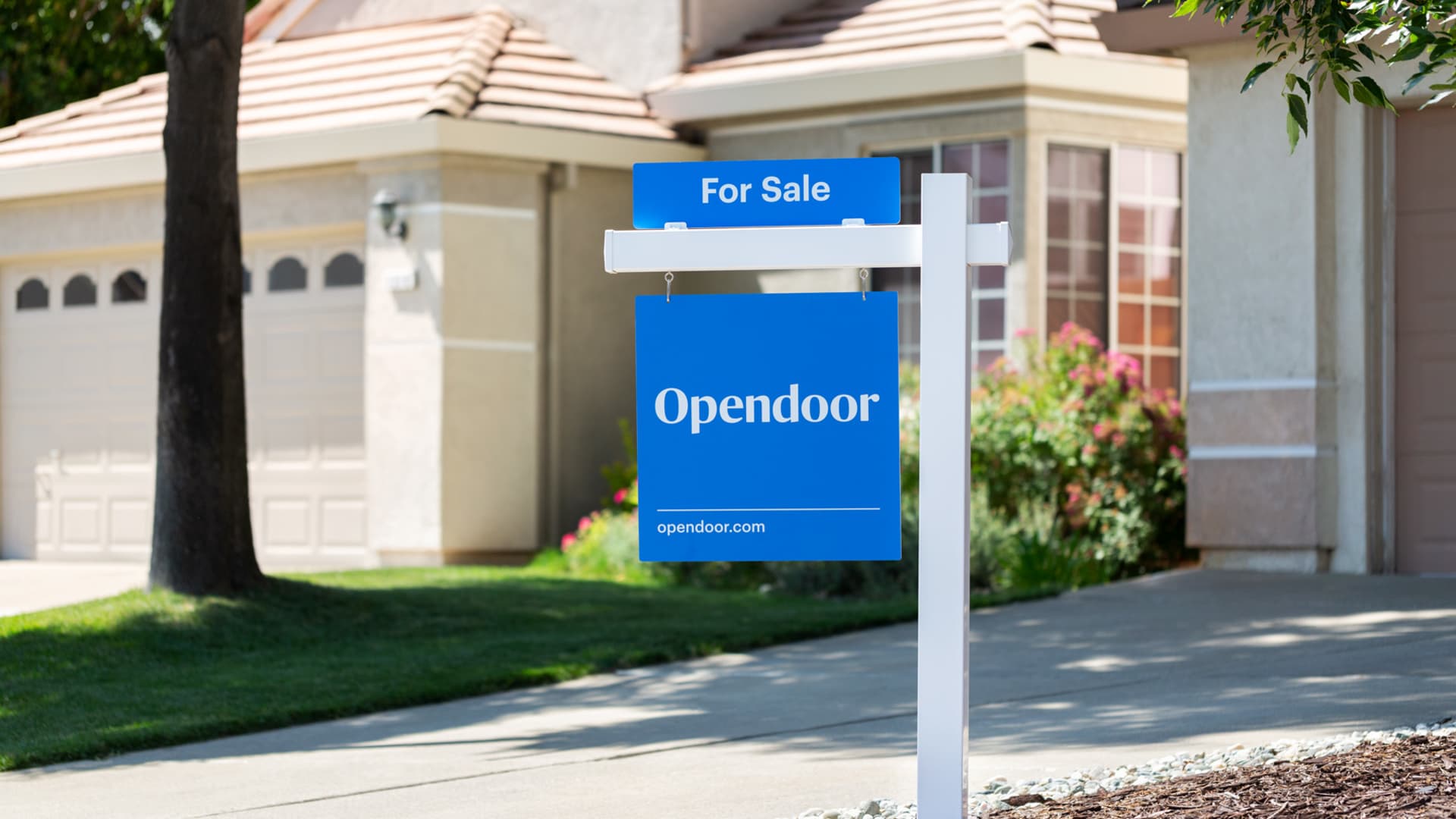
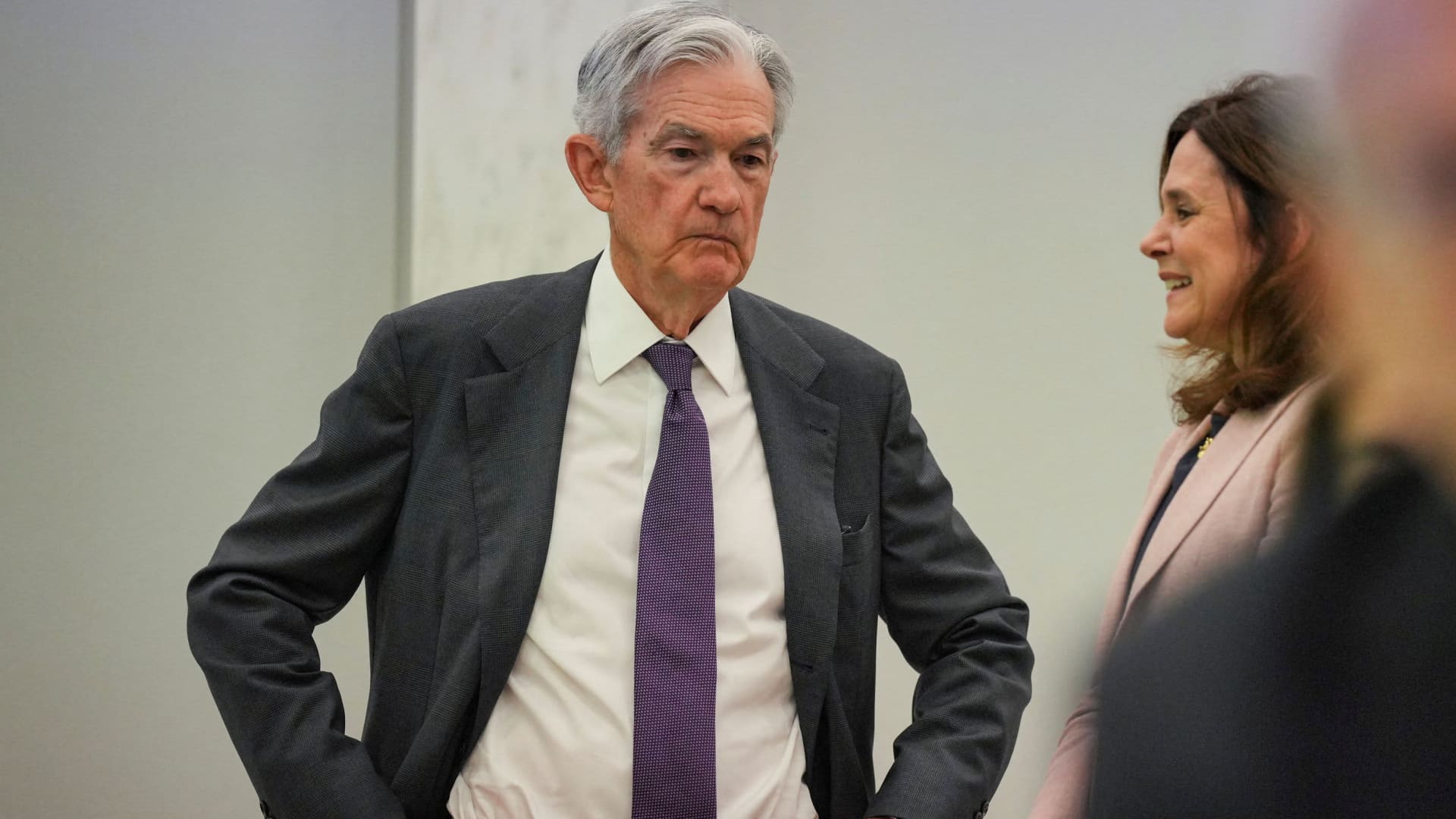





Leave a Reply